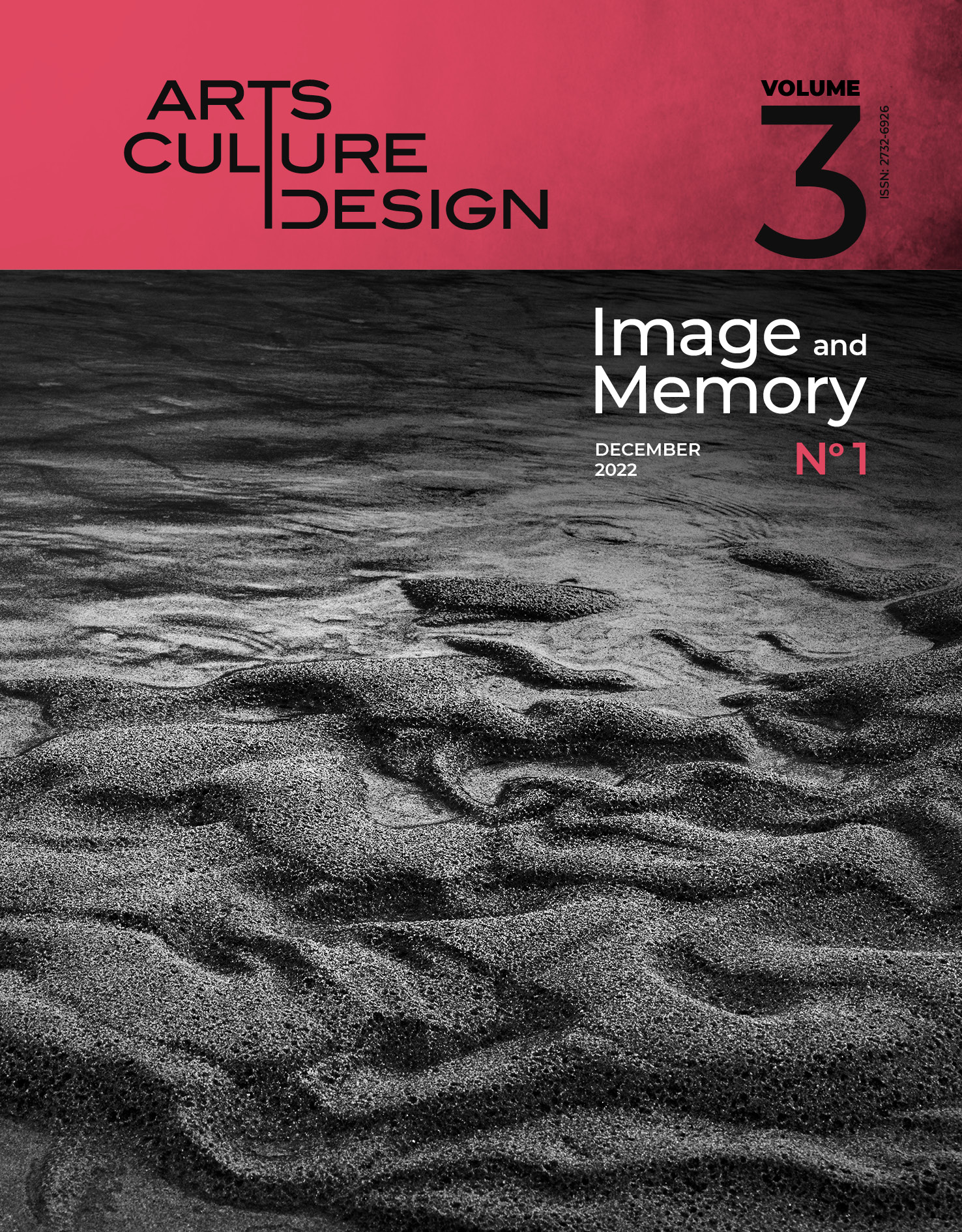SOMNIFERA

Abstract
“Somnifera” explores interactions between the opium poppy and humans. In their exploration of new habitats, human tribes curiously tested out plants that could help them transcend their “normal” state into expanded experiences, possibly communicating with their ancestors or gods, as part of their experimental quest for knowledge. Since the dawn of time, we have milked the benefits of the opium plant, while politics, religion, and a cynical multinational drug and pharmaceutical industry have assigned the plant a controversial role on the world stage. The plant’s power to both save life and take life is the essence of this artwork with the intention to contribute to a holistic debate about the opium poppy’s potential: To lift it out of the shadow of condemnation and give it its rightful bright place among us. This narrative dips in and out between trance-states and every-day-states-of-mind, while the author’s alter ego Sigma Woman enters love and grief – transitioning from emotional breakdown to possible healing. The figurative language of this text, and its accompanying images, are from visions emerging from ecstatic trance – described as the primaeval technique of a safe, natural physiological transition to direct experience of the eternal now and ancestral wisdom. In one of the trance-sessions we concentrated on the three-thousand-year-old figurine “The Poppy Goddess and Patron of Healing.” This inner journey gave rise to the idea of exploring reenactment, inspired by experimental archaeology. Approaching the goddess figure, the author anoints her body with Caput Mortuum-colored oxidized magnetite, adorns herself with poppy capsules, and mimics the statue’s apparent hibernation. In the attempts to find “surfaces of contact” between today’s imaginary world and prehistoric times – through speculation whether we and our ancestors can “meet” in some way – the methods used to develop the artwork range from knowledge acquisition through scientific papers to techniques for embodying knowledge. As part of the artistic research project Matter, Gesture and Soul (MGS), which seeks encounters and alignments between art and archaeology, my artistic contribution seeks to question how multispecies storytelling may connect us emotionally to our ancient distant past.
Article Details
- How to Cite
-
Sørensen, E. T. (2023). SOMNIFERA. Design/Arts/Culture, 3(1), pp. 103–110. https://doi.org/10.12681/dac.31472
- Section
- Artwork/Portfolio

This work is licensed under a Creative Commons Attribution-NonCommercial-ShareAlike 4.0 International License.
The copyright for articles in this journal is retained by the author(s), with first publication rights granted to the journal. By virtue of their appearance in this open access journal, articles are free to use (with the exception of the non-granted right to make derivative works) with proper attribution for non-commercial uses (licence Creative Commons 4.0). EKT/NHRF retains the worldwide right to reproduce, display, distribute, and use articles published in DAC in all formats and media, either separately or as part of collective works for the full term of copyright. This includes but is not limited to the right to publish articles in an issue of the Journal, copy and distribute individual reprints of the articles, authorize reproduction of articles in their entirety in another EKT/NHRF publication, and authorize reproduction and distribution of articles or abstracts thereof by means of computerized retrieval systems.
DAC journal considers all submitted artwork on the condition author(s) confirm that third-party intellectual property rights are not violated in any way.
Author(s) are responsible for securing permissions to publish copyrighted material, such as photographs and other artwork and for paying any fees involved. Production of an article will not begin until the editor has received all relevant permissions.
The copyright for published articles in Design | Arts | Culture is retained by the author(s). By virtue of their appearance in this open access journal, articles can be used freely, with proper attribution, for educational and other non-commercial purposes.


